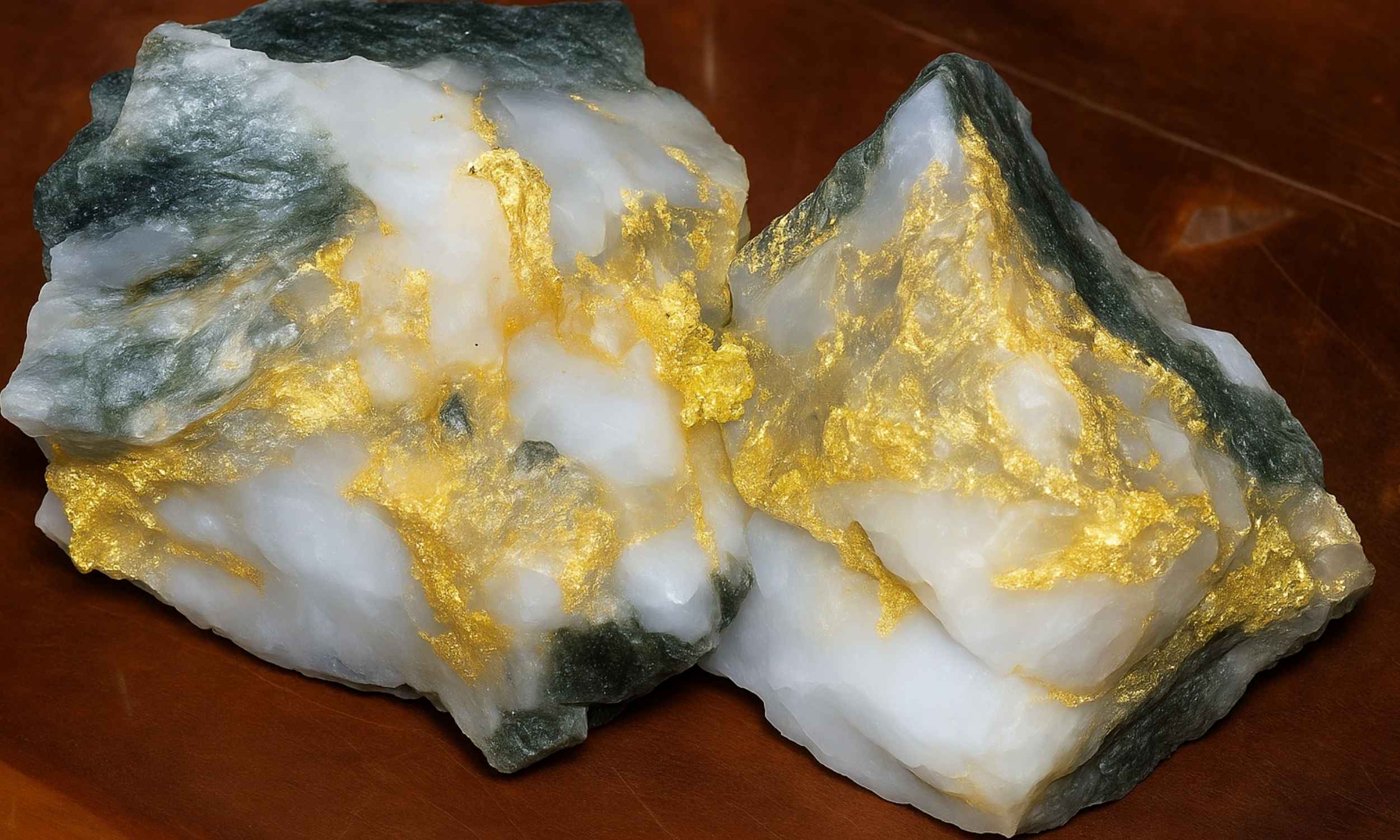Unbelievable Discovery: China Could Hold Over 1,000 Metric Tons of Gold!

What if I told you that beneath the surface of Hunan province, China, lies a treasure trove of gold worth nearly 600 billion yuan? Recent revelations about the Wangu gold field suggest that there could be more than 1,000 metric tons of gold buried deep below, with around 300 tons already identified at shallower depths. This thrilling news isn’t just a glittering promise; it’s a beacon for potential economic gains.
Yet, as exciting as these numbers sound, context is crucial. Resource estimates are dynamic; they evolve as more exploratory drilling uncovers the true nature of what lies beneath. Right now, geologists have identified over 40 gold-bearing veins situated roughly 2,000 meters below the surface, with projections suggesting that mineralization could extend down to 3,000 meters. This process is known as a 'first pass'—a foundational step where speculative deposits transition into something tangible, something that can be tested and developed.
Now, let’s talk about ore grades. This term refers to the concentration of gold found in the rock, measured in grams per ton (g/t). Higher grades typically make for more efficient mining and less waste, which is why their potential here is so hotly anticipated. According to the Geological Bureau of Hunan Province, the maximum sample grade reported was an impressive 138 g/t, highlighting the richness of this discovery. However, it's essential to remember that this figure represents just a slice of the overall picture.
What’s even more fascinating is how geologists mapped this underground wealth. They’ve logged tens of thousands of feet of core samples, mapping out structures and employing 3D models to visualize the veins at depth. Chen Rulin, an ore-prospecting expert, shared that many of these rock cores visibly showed gold, a promising indicator of the site’s potential. But visible gold in a core doesn’t guarantee that the average grade across the entire deposit will be equally lucrative.
As mining engineers look to turn this discovery into a successful operation, they will focus on zones that are thick and consistent enough to justify the costs of mining infrastructure. The challenges of depth, including increased heat, water pressure, and the need for ventilation all add layers of complexity to the mining process. But, if the veins are continuous and rich enough, there’s a strong possibility of establishing a profitable venture.
The Wangu gold field is nestled in the Jiangnan orogen, an area characterized by ancient geological activity that has birthed numerous gold deposits. Prior studies have already flagged northeastern Hunan as a critical gold-bearing region, with more than 315 tons of resources identified before this latest announcement. Geologists anticipate that ongoing drilling and analysis will refine these numbers further, revealing whether this gold bonanza is as massive as it appears.
In the coming months, all eyes will be on the follow-up drilling and assays that will either confirm or challenge these initial estimates. If the findings reveal thick, connected shoots of gold at viable grades, the project will advance toward mine design and financing stages. However, if the prized intervals prove too scattered, mining plans will likely shift to target the most reliable pockets first. Regardless of the outcome, this discovery showcases the incredible potential of China’s geological riches.
Stay tuned as we keep you updated on this exciting journey! This has been an AI generated newscast about the incredible gold discovery in Hunan, China.



























